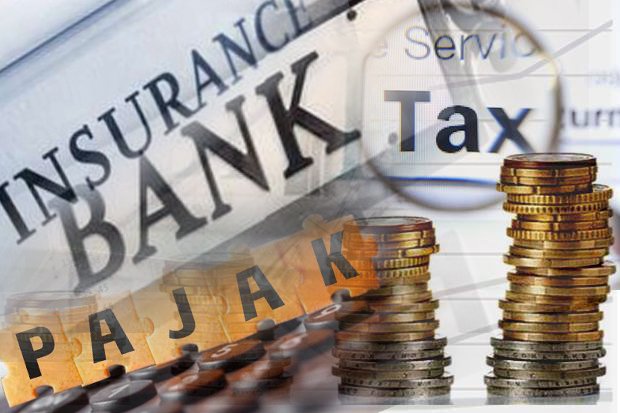
Restitution Can Be Disbursed 1 Month
JAKARTA - The
process of restitution payment will be cut and usually takes one to two years
to about a month. Besides aiming to provide certainty for business actors, this
effort also becomes one part of tax reform.
The mechanism of accelerating the disbursement of compensation is
done by applying certain standards such as for taxpayers or carrying a fixed
reputation. One of the taxpayers has been met from the aspect of customs and
taxes.
Director of Customs Technical Directorate General of Customs and
Excise (DJBC) Fajar Doni said the mechanism to measure compliance level of
taxpayers is by cooperation between tax authorities and customs parties in
various types of cooperation, including data and analysis together.
"Restitution conversations are only for those who have MITA
and AEO," Fajar said on Tuesday. (27/3).
In the context of custom, the provisions on who is entitled to
receive the disbursement of tax returns are divided into two categories. The
first category is the company that opts in the Customs Partner. Second, the authorized
economic operator or AEO.
MITA, according to Dawn, is a company that has a good reputation
for the past six months, has no tax arrears, and tax violations. In addition,
the companies included in this category are companies that for six consecutive
months are on the green line.
Meanwhile, AEO is assessed based on adherence to customs and
excise compliance including various systems ranging from data management, cargo
security, employee safety. Up to system planning and implementation of
monitoring, measurement, analysis and system improvement.
"There are many benefits to be gained in relation to what can
be gained in this regard, for example, acknowledged by all customary world
forums, ease of audit, and opportunities to expand investment," he
explained.
In the tax context, the tax authorities are currently studying
plans to speed up the return of taxpayers or restitution payments to low-risk
taxpayers.
Director of Taxation Regulation I of Directorate General of Taxes
Arif Yanuar said the focus of deepening conducted by the government is a return
mechanism in accordance with Article 17 C and 17 D of General Provisions and
Procedure of Taxation (KUP) and Article 9 paragraph 4 C of VAT Law. "Implementing
the articles we studied," Arif said recently.
Article 17 C of the Law on KUP sets certain criteria for the
taxpayer. Certain criteria for taxpayers. This criterion is applied for
research upon request of application return for refund of excess tax overpayment.
The essence of this research process is the issuance of tax refund overpayment
for three months for PPh or one month for VAT.
Article 17 D explains after conducting research on the application
of tax refund overpayments. The Director General of Taxes issued a decision on
the refund of tax overpayment. The Director General of Taxes issued Tax Returns
Tax Exemption. While Article 9 paragraph 4 C of the VAT Law describes
tax-imposed entrepreneurs (PFM) is low risk.
The PKP in accordance with the provisions is also related to the
research mechanism on the return of tax overpayment.
"So the implementation of the articles," he said.
For restitution, this is also part of the efforts of the tax
authorities to improve the inspection mechanism. Especially now the examination
is often a dispute and not infrequently ends with a dispute in the tax court.
 English
English Japan
Japan

best impotence pill dove samples for medical office sildenafil best sites for viagra 3ko male enhancement buy combining levitra and viagra
is trulicity available in canada walmart pharmacy prices without insurance cheap online viagra erectile dysfunction natural remedies cvs extenze warnings female viagra pills online viagra cheap cost of viagra per pill amazon online shopping directory order viagra pills online pomegranate extract benefits viagra benefits and side effects lyrica patient assistance program pdf viagras 10mg cialis prices amazon online shopping mobile phones how expensive is viagra viagra use real viagra pfizer for sale does goodrx work at walgreens cost of viagra 50mg no insurance viagra bestellen cvs pharmacy adderall for adults with adhd best erectile supplements viagra men cialis at walmart pharmacy online uk pharmacy cialis every day non prescription online pharmacy reviews herbal seeds for planting
viagra and heart medications find anyone's phone number for free free prescriptions at kroger pharmacy viagra en ligne new diet pills prescription herbicide groups chart
sildenafil citrate generic viagra 100mg viagra overnight shipping usa cialis 30 days trial coupon viagra jokes black box warning viagra new treatments for ed
does sildenafil work as well as viagra zytenz in walmart walmart drug prices 2018 viagra homme i can't bear it or bare it tadalafil 20 mg dosage instructions